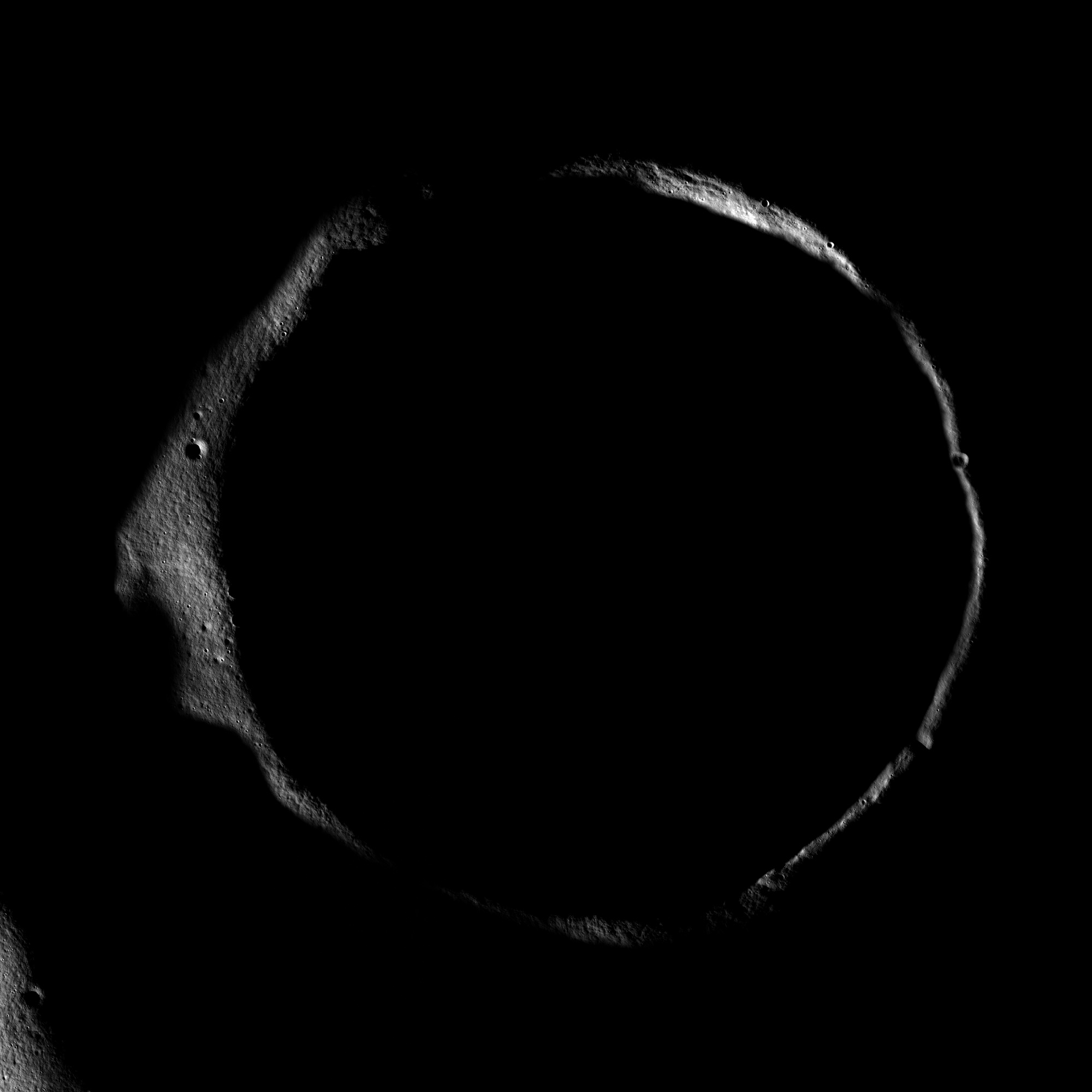
© Sabah Arar / Rex FeaturesIn Baghdad, a boy stares at a wall painting of the well-known photograph of an abused Iraqi prisoner at Abu Ghraib prison
In a fight against terrorism, information is everything.
The White House attempted to draw a line under the dubious intelligence-gathering practices of the Bush administration last week by announcing the creation of a special interrogation group that will use "scientifically proven means" to extract information from detainees with links to violent extremist groups.
It also indicated it would start a research programme to compare the effectiveness of different methods. But to what extent can science help determine what constitutes an adequate interrogation technique?
Science has thus far played a minimal role in this. The last comprehensive review (
PDF) of the effectiveness of interrogation methods, which was published in 2006 by the US government's Intelligence Science Board and was one of the triggers for last week's announcement, concluded that
there had been almost no empirical research into interrogation methods in the past 40 years.
As a result, interrogators had been forced to "make it up on the fly", wrote forensic psychologist Robert Fein of Harvard Medical School, who chaired the review. The lack of research-based methods, he said, may have led to "unfortunate cases of abuse".
The empirical vacuum applies particularly to techniques for eliciting information from strongly resistant prisoners. Former US vice-president Dick Cheney and others claim the use of methods such as water-boarding on Al-Qaida suspects have led to significant intelligence breakthroughs.







